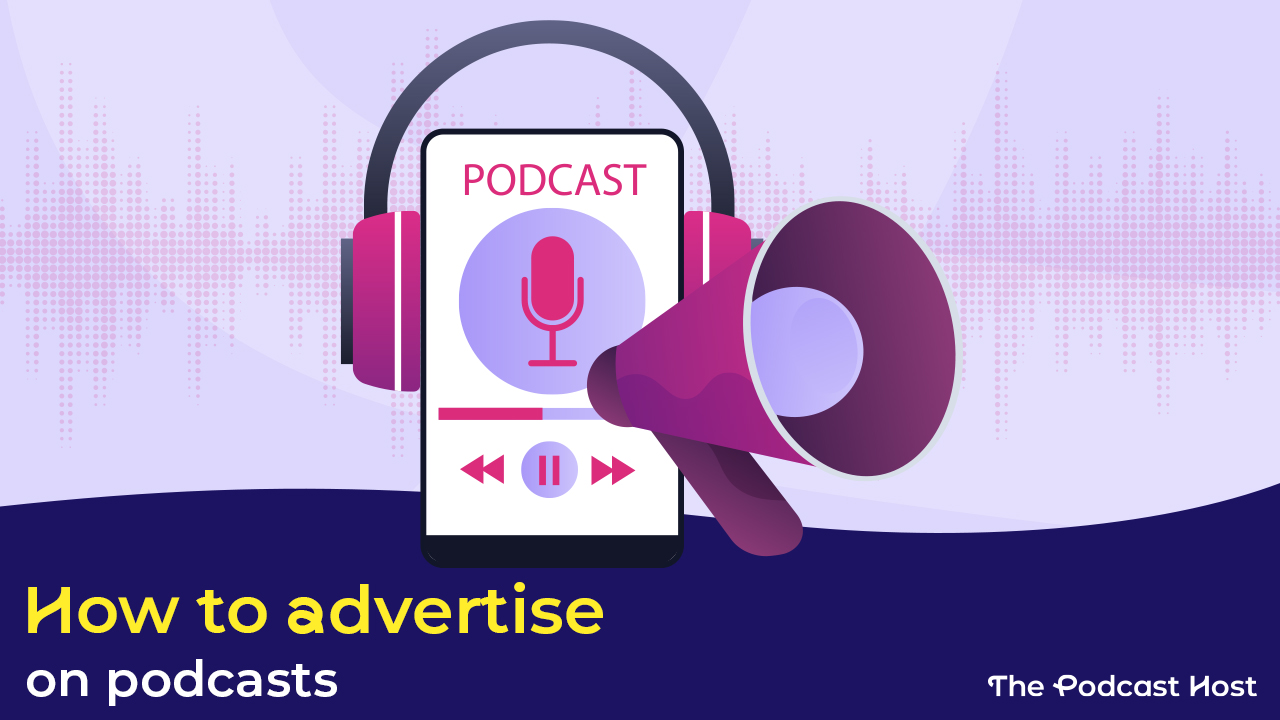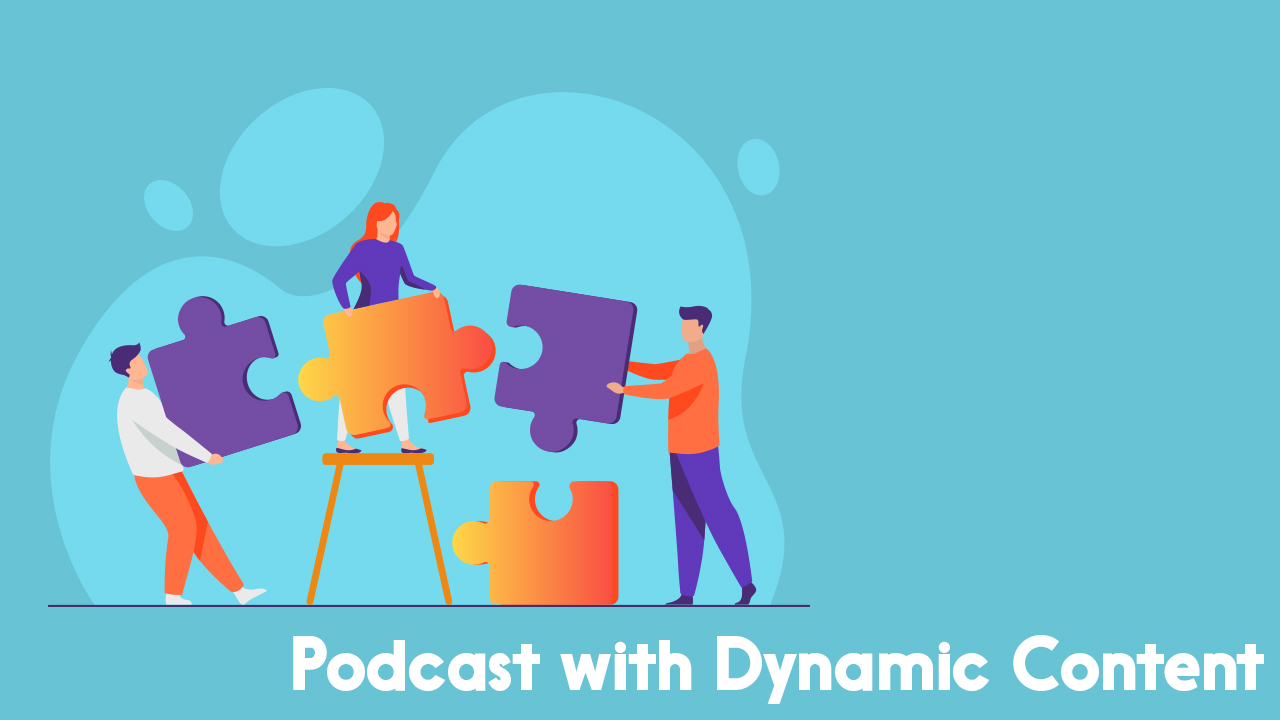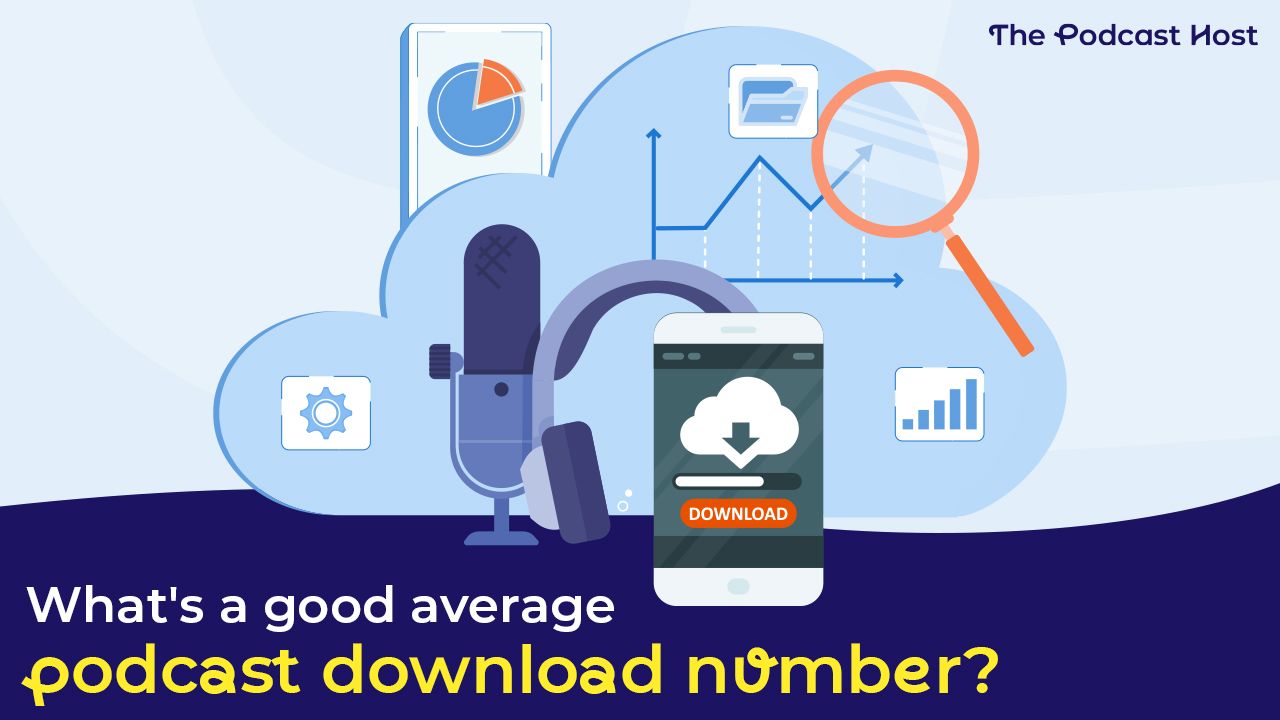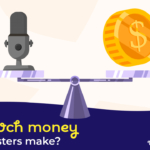Dynamic Ad Insertion for Podcasters: Risk, Reward, and Nuance
Every single time I read an article or promotional blurb about dynamic ad insertion, I get Dire Straits’ seminal tune, “Money for Nothin’,” stuck in my head. Despite a struggling economy, podcast advertising grew to $1.8 billion in 2022. Almost 42% of podcast ads in 2017 were dynamic ads. In 2021, the IAB reported that “dynamically-inserted ads…increased share of revenue from 48% to 67% year over year.” It can seem that if you produce any kind of podcast, advertisers will fight to stick ads on it and give you money for that ad space. But, despite content creators building advertising buyers’ inventory, it’s unclear how this is good for podcasters. Let’s look at what dynamic ad insertion is, the benefits and risks, and how to make it work for your podcast.
Related Article
How to Advertise on Podcasts: Sponsorship Costs & Best Practices
Run a business? Invited to sponsor a podcast? Or, interested in alternative marketing methods? Here’s everything to know about podcast sponsorship. Find out more »
What Is Dynamic Ad Insertion For Podcasts, and How Does It Work?
If you’ve ever heard a podcast with a pre-recorded ad, chances are it’s because of dynamic ad insertion (or DAI). The media host inserts a pre-recorded audio file at the beginning (pre-roll), at the end (post-roll), or in the middle (mid-roll). The beauty of dynamic content insertion is that the ad server selects the ads that go into the podcast episode content based on factors like where and when the podcast app downloads or streams the content.
For example, Podcraft could have ads for In n’ Out Burger for listeners in Southern California. The same episode could have ads for Pret a Manger in the UK. The hosting service can insert and stream either ad depending on the device’s location.
Bryan Barletta of Sounds Profitable made an interactive tool to show how dynamic ads work. It’s pretty cool.
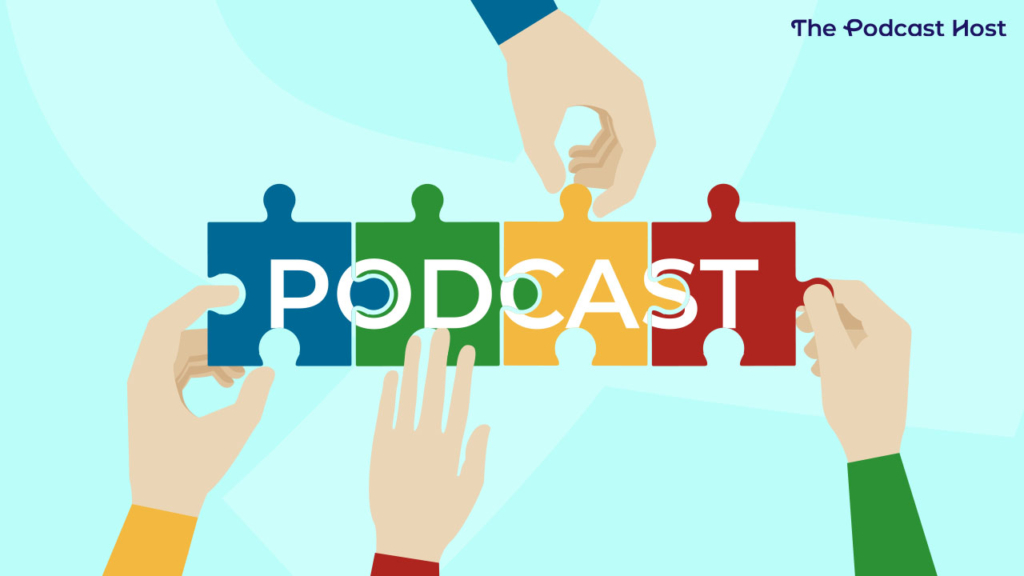
How Does DAI Benefit Ad Buyers?
Targeting is the name of the game. You wouldn’t try to sell a bicycle to a fish. You might, but it would be a very small bicycle that sits in the tank. With advertising marketplaces like Libsyn’s Advertisecast, advertisers can adjust their dynamic advertising campaigns by location, genre, or demographics. They can even select a particular show.
Before dynamic content insertion technology emerged, podcasters exclusively used what’s known as “baked-in ads.” These could be host-read ads during the episode or separate recordings edited into the audio file. The difference is that these ads stay in the audio file uploaded to the media host. Nothing’s wrong with those, provided you make evergreen content. Unfortunately, over time, those baked-in ads risk becoming stale.
You saw that one coming a mile away, don’t even groan.
Dynamic ad servers can tell how often the server sends the audio file to a podcast episode. These are called impressions. This way, it’s easier for the ad buyer to know what they’re getting for their money.
How Does Dynamic Ad Insertion Benefit Podcasters?
The most obvious benefit is that it saves podcasters time and effort in building relationships with sponsors. You probably didn’t start a podcast so that you could spend 40 hours a week selling ad space.
Many media hosting services provide dynamic advertising insertion. Some examples include RedCircle, Podbean, and Spotify for Podcasters. More recently, Buzzsprout, Acast and Libsyn have added dynamic ad insertion to their features. Different hosting services have different requirements and details of how their server-side DAI works.
Dynamic advertising services can offset podcasters’ media hosting costs. Spotify for Podcasters and RedCircle, for example, provide free hosting. For podcasts that qualify, they share a portion of the ad revenue with the content creators.
For the truly motivated, Buzzsprout lets you insert your own dynamic content. This is great for podcasters who develop their own sponsor relationship or use trailer swaps for cross-promotion. It’s also an excellent way to customize podcast episodes with dynamic content.
Related Article
Podcast with Dynamic Content to Make Your Audio More Relevant, Fresh, or Surprising
Dynamic ads are a staple of podcast monetization, but we gain a lot of creativity when we podcast with dynamic content. Here’s how and why. Find out more »
What Are The Risks of Dynamic Ad Insertion?
Not every dynamic advertising match is good. Sometimes, it’s simply a weird match, like ads for hiring websites on meditation podcasts. Sometimes, it’s embarrassing or deliberately harmful.
Careless Ad Matching Leads to Bad PR
In May of 2021, Spotify served banner ads for bourbon distillery Wild Turkey to every single podcast on its platform. As Sounds Profitable reported, “This led to numerous screenshots demonstrating just how unfortunate such a slip-up can be, including children’s entertainment and podcasts discussing sobriety.” Wild Turkey’s parent company, Campari Group, had to pause their media relationship with Spotify and issue a statement.
The internet and technology podcast Reply All served an ad for military tech company Northrop Grumann in 2020. The podcasters apologized, noting that when their show was picked up by Spotify, they relinquished control over their ads.
Parasitic Ad Matching for Reputation and Profit Harms Advertisers
Digiday reports, “Programmatically-placed ads for dozens of nonprofits and universities have been showing up on misinformation websites — including some that overtly conflict with the missions of major organizations paying for those ads.” According to the anti-misinformation AI tool, Newsguard, these nonprofit organizations didn’t choose where Google’s ad server placed their ads. For example, ads for humanitarian non-profits that aid refugees appeared on Russian misinformation sites promoting the Russia-Ukraine war. Not only does the misinformation site get paid for the ad purchase, but they also siphon off the credibility of the non-profit or university. If they lose the sponsorship relationship, it doesn’t matter much; they can start over with another poorly researched website.
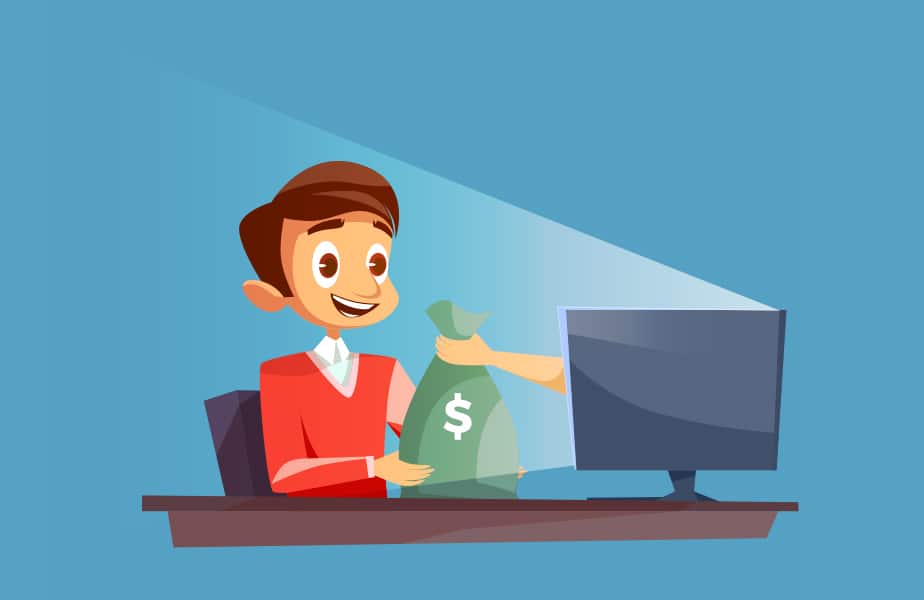
Companies such as Integral Ad Science work to prevent ad fraud and context control targeting. The Interactive Advertising Bureau works to create better programmatic advertising guidelines to ensure appropriate matches between content and ads. But, the pace of new content creation, whether valuable or clickbait, is too fast for most to keep up with.
Eligibility & Pay for Dynamic Ad Insertion Varies Widely
The criteria for eligibility vary across platforms. Hosting services that provide dynamic advertising services have a range of download minimums. On one end, podcasters are eligible for Libsyn’s Automatic Podcast Ads with “a minimum of 2,000 downloads in a month for all episodes combined.” In the US, Spotify lets you join their Ambassador Ads program once your show reaches 100 listeners every 60 days.
Related Article
Average Podcast Downloads: Podcast Measurement and Growth
Can you measure the success of your show purely by its download numbers? Find out more »
Like download minimums, pay rates for podcasters vary. Libsyn’s AdvertiseCast can pay content creators as much as 60% of the advertising revenue. Buzzsprout’s blog post about monetization speculates, “An episode with 5,000 downloads will net you roughly $100 in ad revenue.” Platforms negotiate with businesses for advertising purchases, so pay rates aren’t always transparent or consistent. You should always check through the support documents from your hosting provider.
The information podcasters get about dynamic ad insertion tends to be controlled by the people with the money. It’s a relationship that benefits ad buyers, not always the people making the podcasts that provide their ad space.
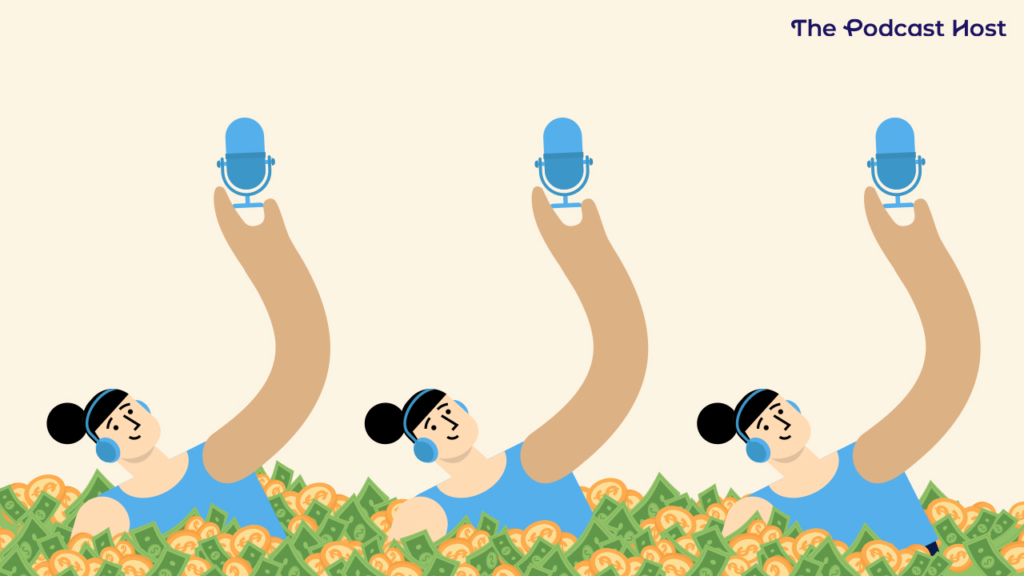
Dynamic Advertising Is One Monetization Strategy, Not The Only One
In any financial plan, diversification is essential to keep the whole system from tanking. Despite the apparent omnipresence of podcast advertising, this shouldn’t be the only way you try to monetize your podcast. What better way for marketing companies to solve the issue that people’s attention is moving from broadcast and print to digital and podcasts than to tell us that we need ads? They want our ad space, and they know how to convince us that we need it. There are many ways to make your podcast pay for itself, and you should try at least three. Or five. More than one, anyway.
At the end of “Money for Nothin’,” the song’s jealous narrator finally admits, “I should have learned to play the guitar.” Advertisers know that audiences want valuable content, and that podcasters are making it. When they take a genuine interest in a podcast niche, good relationships can happen. The more you focus on making your podcast content unique and creative, the more you can control the narrative of how your podcast makes money. As Steve Martin said and Cal Newport wrote, “Be so good that they can’t ignore you.”
